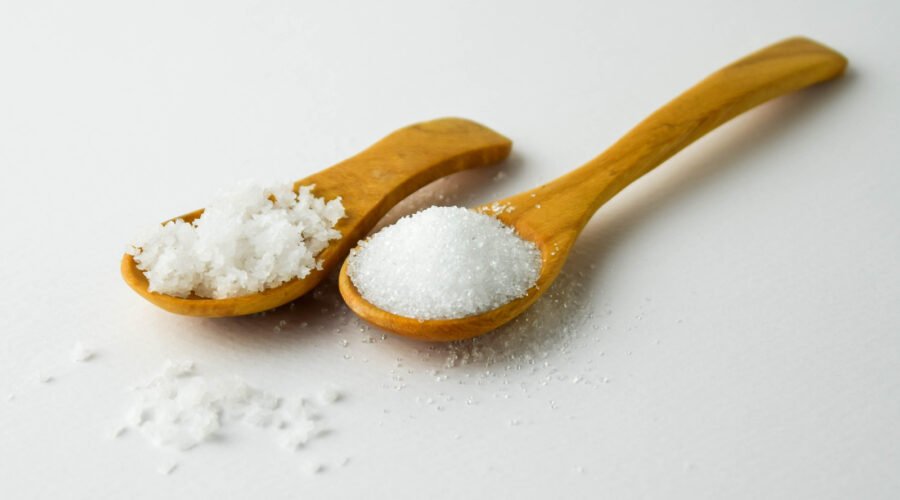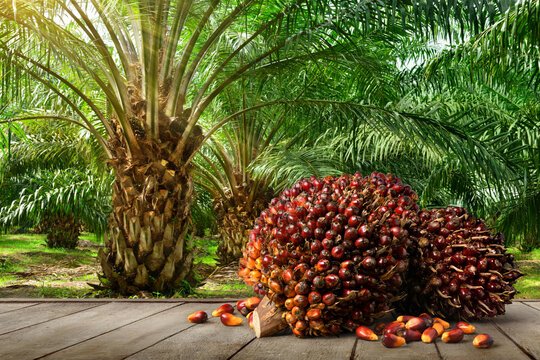Risk of Monkey Pox in India: WHO Instructions and Indian Gov Guidelines
Monkey pox is a zoonotic viral disease that shares similarities with smallpox, albeit presenting with less severity. Historically, this pathogen was discovered in 1958 when outbreaks occurred in monkeys kept for research, hence the name “monkey pox.” The first recorded human case was identified in 1970 in the Democratic Republic of the Congo. Since then, monkey pox has been documented in various regions, particularly in Central and West Africa, making it a prominent concern due to its potential for widespread transmission.
The virus responsible for monkey pox belongs to the Orthopoxvirus genus, and it primarily spreads through direct contact with infected animals, human-to-human transmission, and in rare cases, contaminated materials. Animal vectors include various mammals such as rodents and primates, emphasizing the zoonotic aspect of the disease. Human transmission occurs via respiratory droplets during prolonged face-to-face contact, direct contact with bodily fluids, and contact with lesion materials. Notably, the incubation period typically ranges from 7 to 14 days, while symptoms manifest in two distinct phases: the invasion period featuring fever, intense headache, lymphadenopathy, and muscle aches, followed by a skin eruption period marked by a rash that evolves from maculopapules to vesicles and pustules, often leading to scabs.





